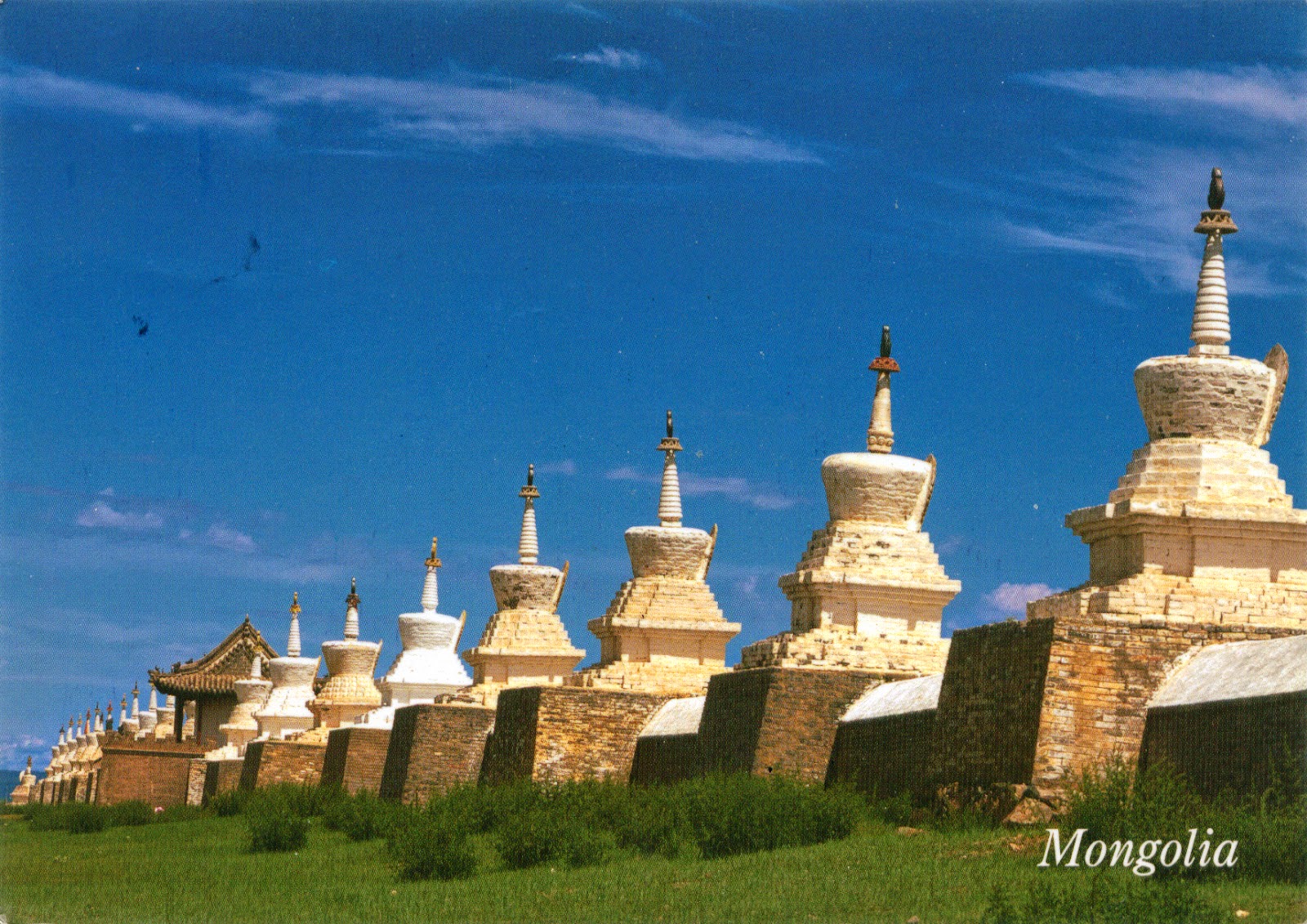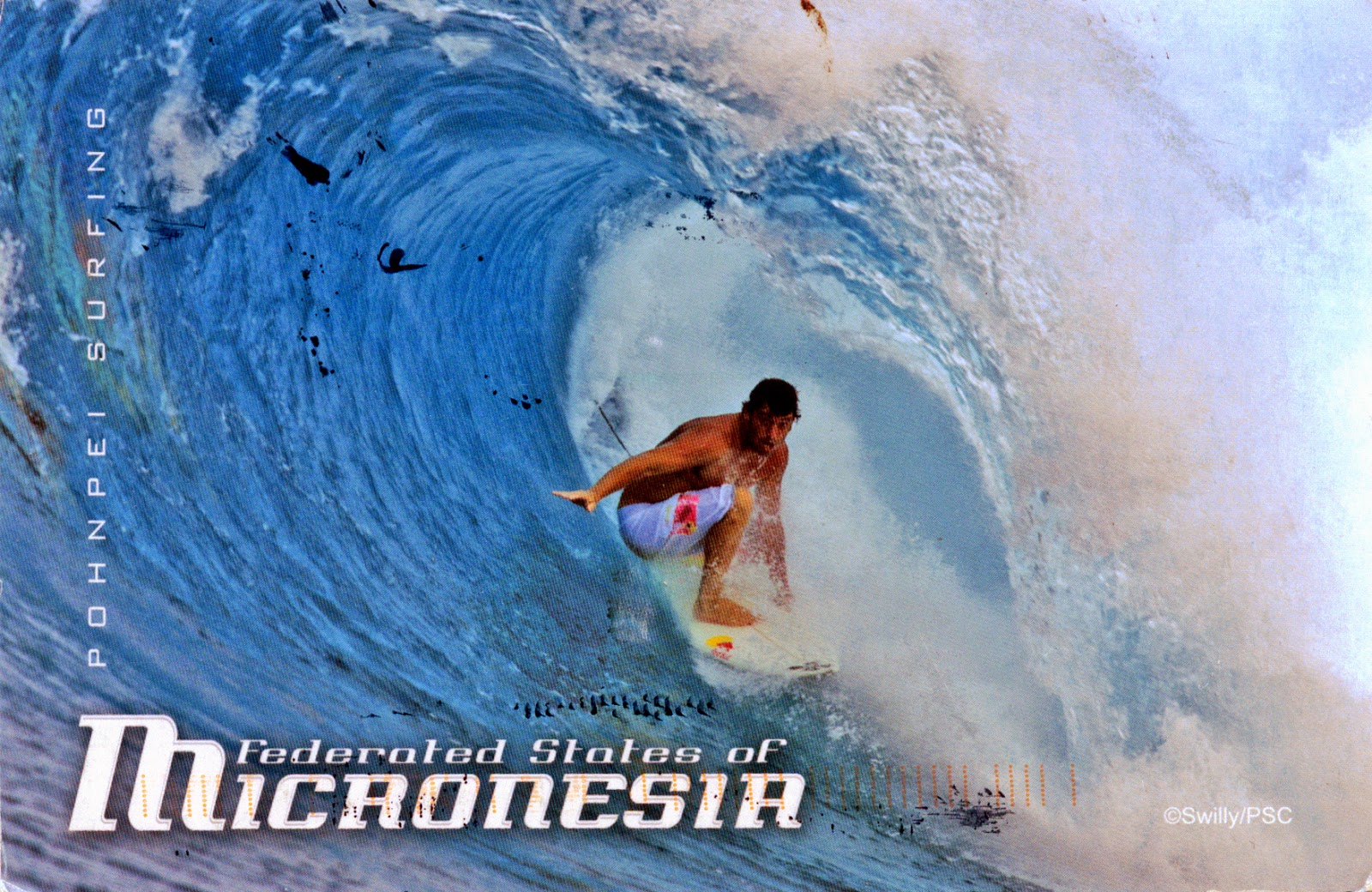Posted on 02.03.2013, 15.03.2013, and 21.06.2014 "...from the rock as if by magic grown, / eternal, silent, beautiful, alone!", as described it
John William Burgon in a poem from 1845,
Petra is undoubtedly one of the most amazing cities ever raised on this planet. (Re)discovered by Europeans 200 years ago, after a millennium of oblivion, this city lies on the slope of
Mount Hor, in the large valley running from the
Dead Sea to the
Gulf of Aqaba, today in
Jordania.
Pliny the Elder and other writers identify Petra as the capital of the
Nabataeans (ancient
Arabs of North Arabia) and the center of their caravan trade, controlling the main commercial routes which passed through it to
Gaza in the west, to
Damascus in the north, to
Leuce Come on the
Red Sea, and across the desert to the
Persian Gulf. Came into prominence in the late first century BC, Petra continued to be a prosperous city 150 years after the Roman conquest (106), even if the native dynasty came to an end, but after that, probably because
Palmyra attracted the Arabian trade, it gradually declined in importance, and ended by being completely deserted.
Nabataeans ability to control the water supply and also the flash floods, using dams, cisterns and water conduits, allowed them to create an artificial oasis and to build a city in the midle of the desert, simply carved into the rock, as the name implies (Petra means
stone in Greek). The eastern entrance leads steeply down through a narrow gorge (in places only 3-4m wide) called the Siq (the shaft), which served as a waterway flowing into
Wadi Musa. At the end of it stands Petra's most elaborate ruin, Al Khazneh (popularly known as the Treasury - in the first postcard), hewn into the sandstone cliff. A little further, at the foot of the en-Nejr mountain, is a massive theatre. At the point where the valley opens out into the plain, the site of the city is revealed with striking effect. The amphitheatre has been cut into the hillside and into several of the tombs during its construction.
The Monastery (in the second and the third postcard), Petra's largest monument, dates from the 1st century BC. It was dedicated to
Obodas I and is believed to be the symposium of Obodas the god. This information is inscribed on the ruins of the Monastery (the name is the translation of the Arabic "Ad Deir"). It is similar as design with the Treasury, but is much larger and much less decorated. The flat plaza in front was carved out of the rock, perhaps to accommodate crowds at religious ceremonies, and was originally surrounded by a colonnade. The interior consists of a single room with double staircases leading up to a niche.
Read more »





















































